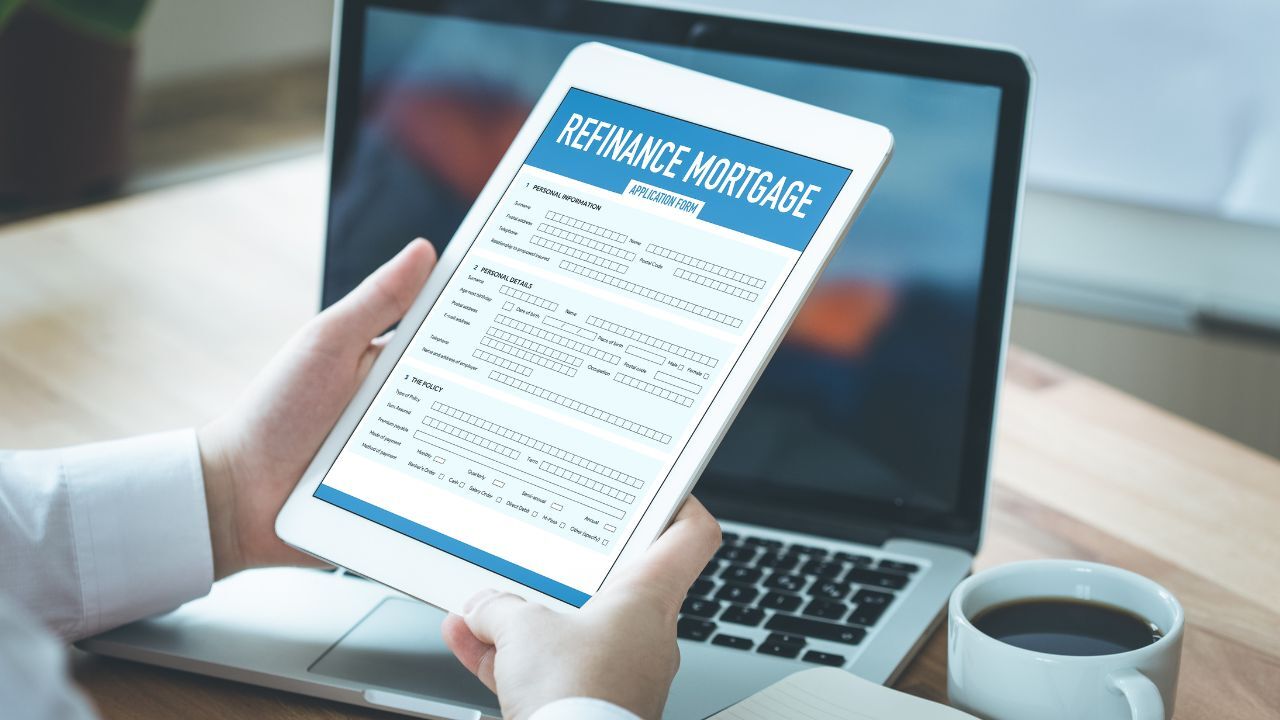The Benefits of Online Mortgage Calculators for Borrowers
 Buying a home is one of the most significant financial decisions a person can make, and understanding the costs involved is essential. Online mortgage calculators have become a valuable tool for borrowers, helping them estimate monthly payments, compare loan options, and determine affordability, all from the convenience of their computer or phone.
Buying a home is one of the most significant financial decisions a person can make, and understanding the costs involved is essential. Online mortgage calculators have become a valuable tool for borrowers, helping them estimate monthly payments, compare loan options, and determine affordability, all from the convenience of their computer or phone.
Understanding Mortgage Costs Before You Apply
One of the biggest challenges homebuyers face is understanding how different factors impact their monthly mortgage payment. Loan amount, interest rate, loan term, property taxes, homeowner’s insurance, and private mortgage insurance (PMI) all contribute to the final cost. Mortgage calculators allow borrowers to input these variables and get an estimate of their monthly payment before speaking with a lender.
Comparing Different Loan Options
Choosing between a 15-year and a 30-year mortgage? Wondering how an FHA loan compares to a conventional loan? Online mortgage calculators make it easy to compare different loan structures by adjusting interest rates, loan terms, and down payment amounts. This helps borrowers see how different options affect their payments and long-term interest costs.
Estimating Affordability
Many borrowers ask, “How much house can I afford?” Mortgage affordability calculators take a borrower’s income, debts, and estimated interest rates to provide an estimate of the maximum home price they may qualify for. This helps set realistic expectations before beginning the home search.
Understanding the Impact of Down Payments
A mortgage calculator can also demonstrate how different down payment amounts affect a loan. Borrowers can see how a larger down payment lowers the loan amount and may eliminate PMI, ultimately reducing monthly costs. On the other hand, it can also show what a loan might look like with a smaller down payment, helping buyers plan based on their savings.
Evaluating Refinancing Options
Homeowners looking to refinance can use mortgage calculators to compare new loan terms with their current mortgage. By adjusting the interest rate and loan term, borrowers can determine if refinancing could lower their monthly payment or reduce the amount of interest paid over time.
A Valuable First Step in the Mortgage Process
While online mortgage calculators provide valuable insights, they should not replace professional advice from a loan officer. These tools offer estimates, but actual loan terms depend on a borrower’s credit profile, income, and lender-specific guidelines. Using a mortgage calculator is a great way to prepare for homeownership, but working with a mortgage professional ensures borrowers receive the most accurate and personalized information.
Online mortgage calculators empower borrowers with knowledge, helping them make informed decisions about their home financing options. Whether purchasing a home or refinancing, these tools provide an easy and efficient way to explore different scenarios before taking the next step.